Earthquake Retrofit Information and Preparedness Tips
Your source for earthquake retrofit info and preparedness tips, helping to strengthen your home and protect your family from seismic threats.

Top 11 Tips to Seismically Retrofit Your Home and Protect Your Family from Earthquake Damage
While no one can predict when an earthquake will strike, you can prepare by strengthening your home with a seismic retrofit. Here are the top 11 tips to seismically retrofit your home and protect your family from earthquake damage.
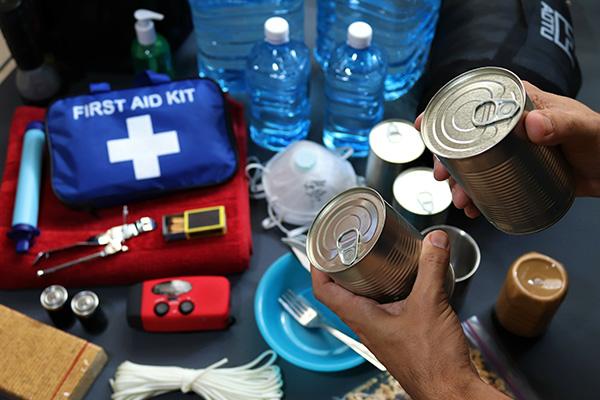
How to Make an Earthquake Preparedness Kit
Living in California, we are reminded repeatedly that earthquakes can strike on any day, at any time, and in any place. While we can’t predict when or where the Golden State’s next big one will occur, we can prepare for the inevitable. When it comes to preparation, one important requirement is to have an earthquake emergency kit at your immediate disposal. This could help you and your loved ones survive when the ground starts to shake.

What is a Fault and What are the Different Types of Faults?
When it comes to natural beauty, the Golden State is truly blessed and hard to beat. But California is not without its faults – earthquake faults, that is. With more than 15,000 known earthquake faults, including more than 500 active ones, located in our state, it is not a matter of if, but when, the next shaker will pay us a visit. The energy release resulting from rapid movement on these active faults is the primary cause of most earthquakes. In this blog, we take a deeper dive into the different types of faults, how they are formed and how they trigger earthquakes.
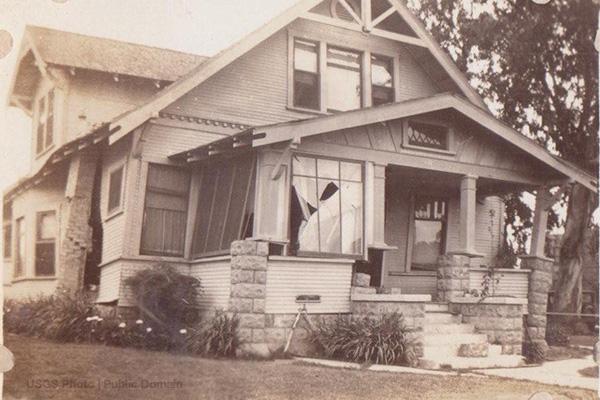
Anniversary of the Great Humboldt County Earthquake of 1923
One hundred years ago a powerful magnitude 7.1 earthquake struck near Cape Mendocino and caused strong shaking and multiple aftershocks in Ferndale, Eureka, Petrolia, and many other communities in Humboldt County.

The Great California Shakeout
Before we start carving up our pumpkins for Halloween, those of us living in earthquake-prone California need to mark our calendars for another October ritual—the Great California ShakeOut, which occurs on the third Thursday of October each year. This year, on October 20 at 10:20 a.m., you are asked to spend 60 seconds and join millions of other earthquake drill participants in the Great California ShakeOut. In this blog, we provide more information on the history of the Great ShakeOut, how you can be involved, and why it is important.
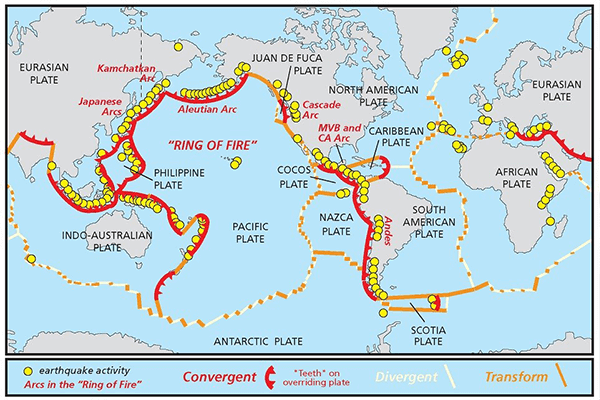
What is the Pacific Ring of Fire?
An estimated 90 percent of the world’s earthquakes and 75 percent of our planet’s volcanoes occur along what is called the Ring of Fire, also known as the Pacific Ring of Fire. Not to be confused with the early 1960s Johnny Cash song of the same name, the geologic Ring of Fire has existed for more than 35 million years; is home to the world’s deepest ocean trench and can impact the lives of millions of people in 15 countries close to the Pacific Ocean. This more than 25,000-mile-long horseshoe-shaped, seismically active belt of earthquake epicenters, volcanoes and tectonic plate boundaries is truly a force of nature to be aware of and reckoned with.
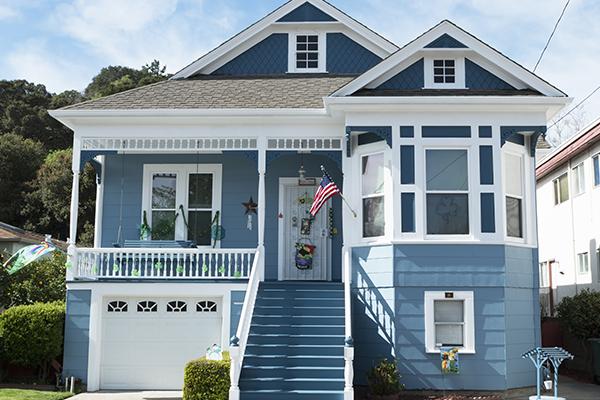
Soft-Story Seismic Retrofits
Popular in neighborhoods across California are so-called, soft-story homes, which commonly feature a living space over a garage. The living space often is used as a bedroom, playroom or office. Because of their construction type, soft-story homes, which usually are two or more stories high, are susceptible to earthquake damage and are prime candidates for what's called a soft-story seismic retrofit.
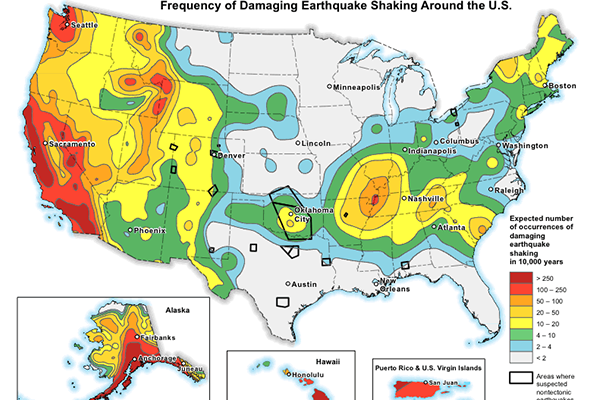
Which U.S. State has the Most Earthquakes?
Earthquakes big and small happen every day, but where are they most common? If you live in California, you might think the Golden State is the gold medal winner for most earthquakes in the United States. While California does get more than its fair share of shakers, Alaska has the dubious distinction of being the state where most earthquakes occur in the U.S. Important distinctions between the two leading, earthquake-prone states are their land mass size and population. With 39 million people living in 163,000 square miles, California residents have a much greater chance of personally experiencing an earthquake compared to Alaska with its population of 663,000 residing in 732,000 square miles. Any way you slice it, if you live in one of these two states, you stand a good chance of feeling the ground shake.
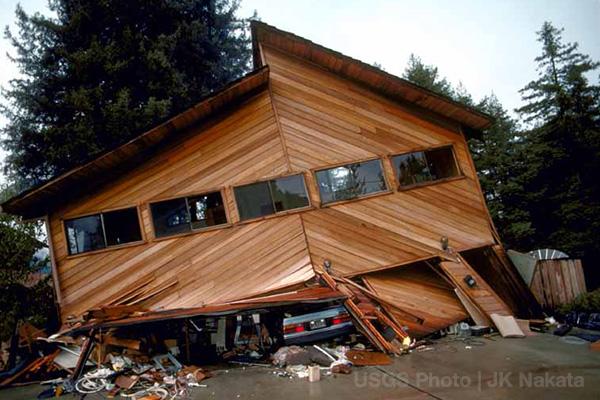
What Damage Can Happen to Your Home in an Earthquake
The violent shaking caused by major earthquakes can cause catastrophic damage and destruction to homes and other structures. Homes that are not property braced and bolted to their foundations can be shifted off their foundations, with items inside a house tossed around like small boats on the high seas. In the Golden State, homes built before 1980 when modern building codes went into effect can be especially susceptible to earthquake shaking, resulting in earthquake damage. The seismic retrofitting of these older homes can help lessen potential damage.
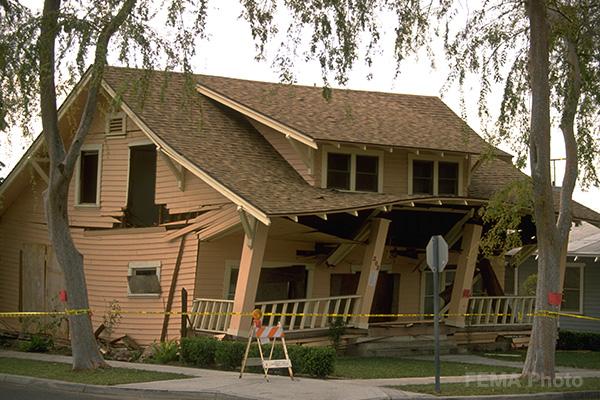
How Earthquakes Cause Damage and Destruction
It’s not a matter of if, but when the next big earthquake will pay an unwelcome visit to the Golden State. Scientists say there is more than a 99 percent chance* that at least one magnitude 6.7 or stronger shaker will strike sometime in the next 30 years in California. When a quake of that size does occur, the violent ground shaking it produces could turn our lives, our property and our communities upside down. Because of that likelihood, it is important to learn more about the destructive effects of earthquakes and how we can better prepare ourselves for the damage caused by earthquakes. *According to the third Uniform California Earthquake Rupture Forecast (UCERF3) report.
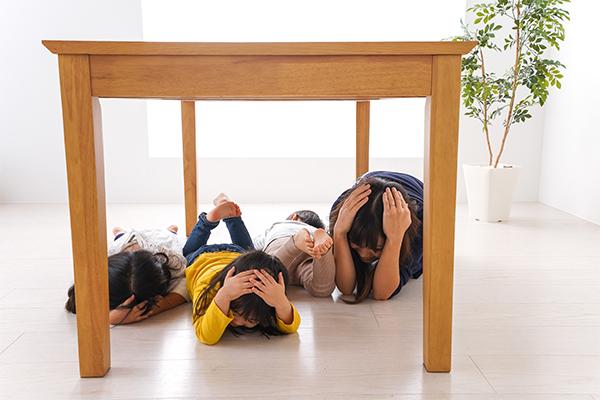
What Should You Do During an Earthquake?
California is a beautiful place to live, with sandy beaches, bountiful agriculture, a healthy economy and majestic mountains. But with all that said, the Golden State is not without its faults—as in more than 15,000 known earthquakes faults. Because of the likelihood of one of those faults rupturing, it is vitally important that we know what to do during an earthquake.

Can an Earthquake Be Predicted?
California has more than a 99% chance* of one or more magnitude 6.7 or larger earthquakes striking within the next 30 years, according to scientists. It is a fact that an earthquake can occur anywhere, anytime, any day in California. While earthquake science, unfortunately, cannot yet predict precisely when the next big one will occur, you can prepare yourself and your family with a scientific understanding of earthquake forecasts and earthquake probabilities. *According to the third Uniform California Earthquake Rupture Forecast (UCERF3) report.
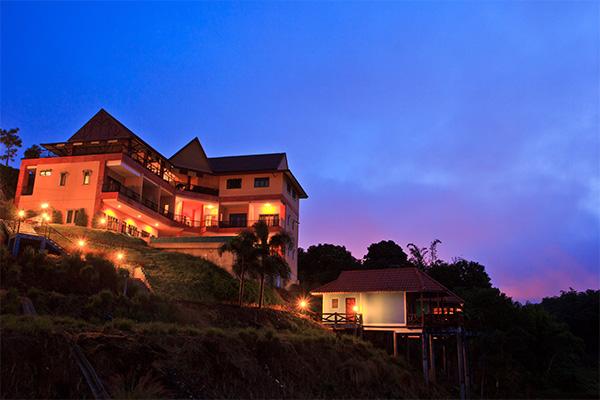
Is it worth earthquake retrofitting a home in San Jose?
Living in California, it is a fact of life that it’s not a matter of if, but when a major earthquake will occur. And if you live in the San Jose area in a home built before 1980, your dwelling may be particularly vulnerable to earthquake damage because it was constructed before modern seismic building codes were put in place. With a 72 percent chance of at least one major earthquake striking the San Jose/Bay Area in the next 30 years and with more than 63 percent of the housing units in Santa Clara County having been built before 1980, it makes sense to strongly consider a seismic retrofit.
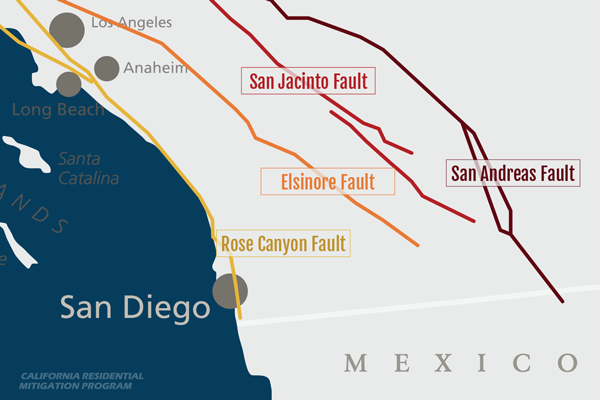
Is it worth earthquake retrofitting a home in San Diego?
If you live in an older home in the San Diego area, especially one built before 1980, your dwelling may be more susceptible to earthquake damage because it was constructed before modern seismic building codes were put in place. With a 99 percent chance* of at least one major earthquake striking anywhere in California, including the San Diego area, in the next 30 years and with more than 53 percent of the housing units in San Diego County having been built before 1980, it makes sense to strongly consider a seismic retrofit. *According to the third Uniform California Earthquake Rupture Forecast (UCERF3) report.
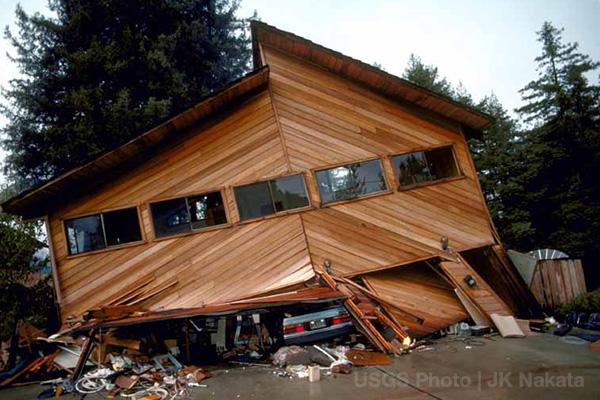
Is a seismic retrofit worth it in San Francisco?
If you live in an older home in the San Francisco Bay Area, especially one built before 1980, your dwelling may be more susceptible to earthquake damage because it was constructed before modern seismic building codes were put in place. With a 72 percent chance of at least one major earthquake striking the San Francisco Bay Area in the next 30 years and with more than 81 percent of the housing units in San Francisco County having been built before 1980, it makes sense to strongly consider a seismic retrofit.
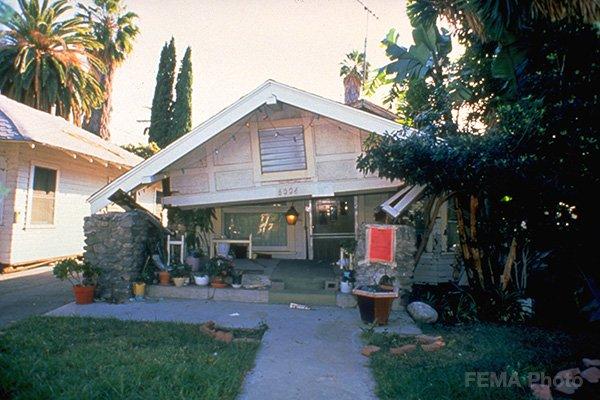
Earthquake Retrofitting Los Angeles Homes: Is It Worth It?
If you live in an older home in Los Angeles, especially one built before 1980, your house may be more susceptible to earthquake damage because it was constructed before modern seismic building codes were put in place. Many residential buildings in L.A. are vulnerable to earthquake damage. With a 93 percent chance of at least one major earthquake striking the Los Angeles area in the next 30 years and with more than 74 percent of the housing units in Los Angeles County having been built before 1980, it makes sense to strongly consider a seismic retrofit.
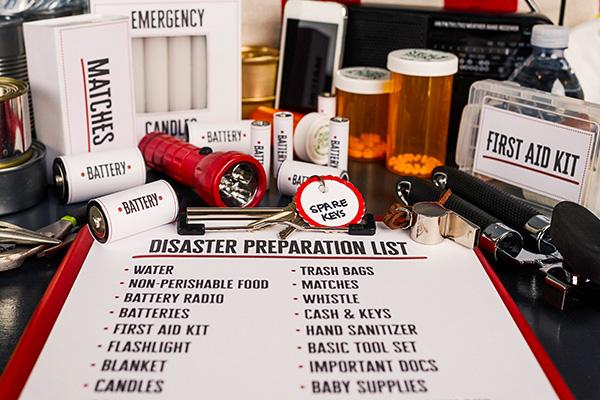
Tips for Surviving a Major Earthquake
Most Californians live within 30 miles of an active fault. We want to help you get prepared before the next damaging earthquake with earthquake safety tips for your home and family.
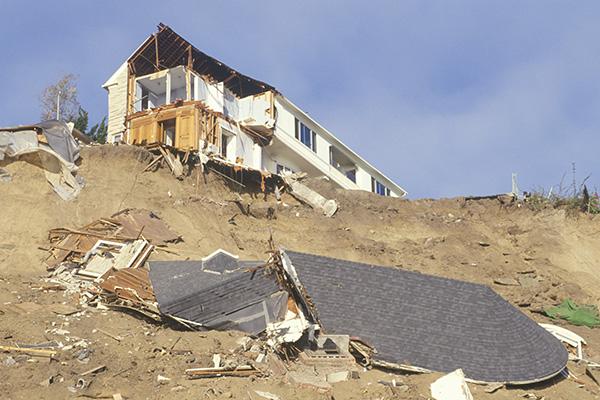
What are Earthquake Hazards?
Earthquakes shake the ground we live on, but they also cause ruptures within the earth, trigger landslides and may even turn soil to liquid. Every part of California has some level of earthquake risk, but some of them can be mitigated. It is important to learn about how the seismic hazards where you live can affect your home and possibly an entire region during an earthquake.
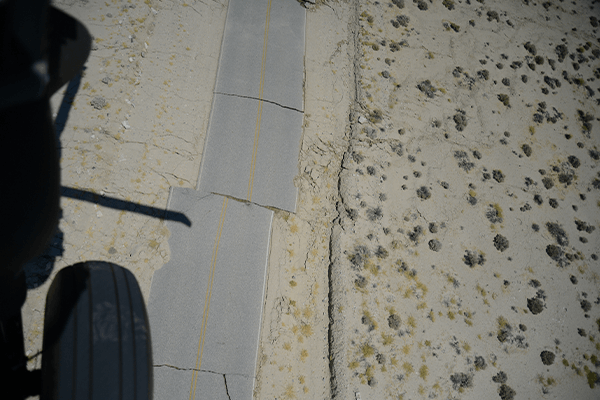
California Earthquake Probabilities
Scientists say there is more than a 99 percent chance* of at least one earthquake of magnitude 6.7 or greater striking anywhere in California in the next 30 years. It is a fact of life living in California that an earthquake can occur anywhere, anytime, any day. While it is not a matter of if, but when—and no one can predict when or where a major earthquake will strike—you can prepare yourself and your family before the next one hits by understanding earthquake probabilities. *According to the third Uniform California Earthquake Rupture Forecast (UCERF3) report.

Protecting Your House from Earthquake Damage
Read our blog to find out the safest ways to protect your house from earthquakes and mitigate damage!
